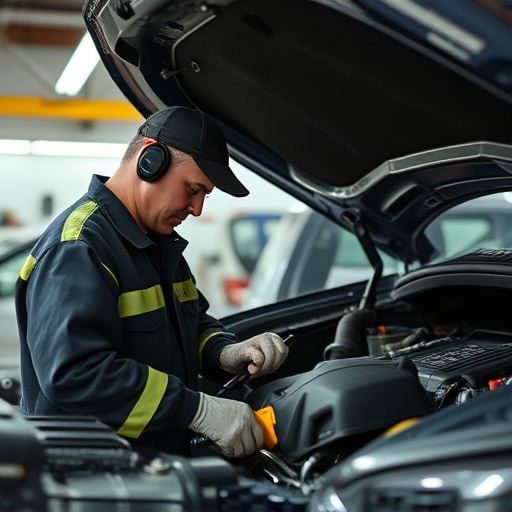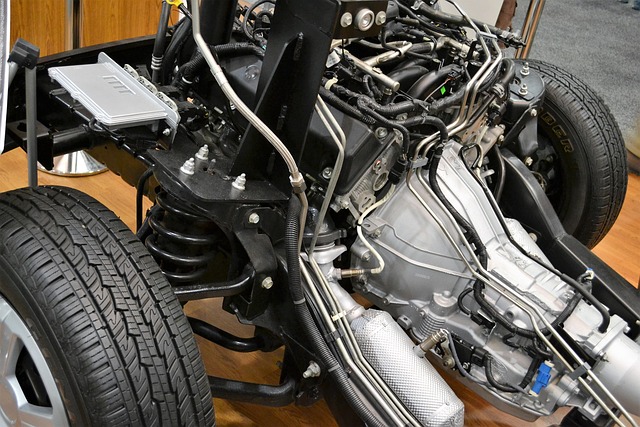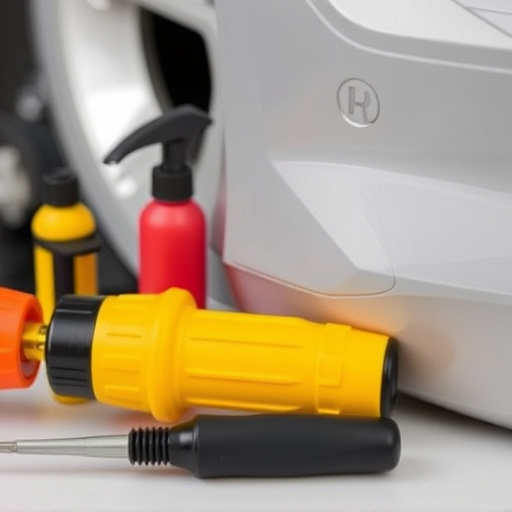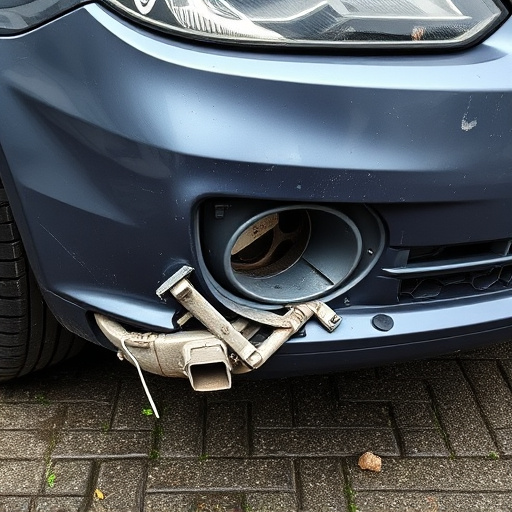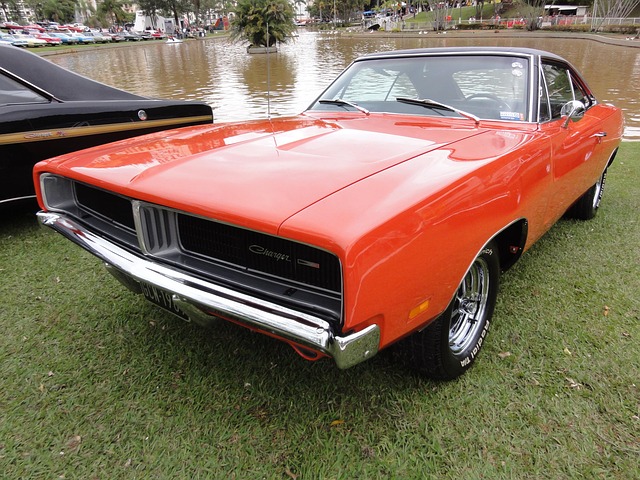The Mercedes infrared-reflective glass is a groundbreaking technology in automotive and collision repair. By reflecting infrared radiation, it reduces interior heat buildup, enhances passenger comfort, and improves fuel efficiency. In collision repair, this glass minimizes energy loss through damaged areas, improving vehicle performance and aligning with eco-conscious trends. This innovative material offers environmental benefits, reduces energy consumption, and extends vehicle lifespans, making it a game-changer in sustainability and automotive maintenance.
Mercedes has pioneered a game-changing innovation in automotive technology with its infrared-reflective glass. This advanced material promises significant efficiency gains, reducing energy consumption and operational costs for vehicles. By reflecting heat away from the interior, these glasses create a cooler, more comfortable space, thereby decreasing the load on air conditioning systems. Furthermore, its environmental benefits are notable, making it a sustainable choice for eco-conscious consumers. Discover how this technology is revolutionizing the automotive industry.
- Understanding Mercedes Infrared-Reflective Glass Technology
- Key Benefits: Reduced Energy Consumption and Cost Savings
- The Environmental Impact of This Innovative Material
Understanding Mercedes Infrared-Reflective Glass Technology

Mercedes Infrared-Reflective Glass Technology is a cutting-edge innovation designed to revolutionize the automotive industry. This advanced glass technology is engineered to reflect infrared radiation, which helps in significantly reducing the interior heat buildup of vehicles, especially during hot summer days. By blocking a large portion of the sun’s heat, these glasses maintain a comfortable cabin temperature, enhancing both passenger comfort and fuel efficiency.
In the realm of car dent repair and collision repair services, Mercedes infrared-reflective glass can play a pivotal role. When a vehicle sustains damage, such as a cracked or shattered windshield, traditional glass options can contribute to increased energy consumption due to heat transfer through the damaged areas. However, using Mercedes infrared-reflective glass in collision repair centers ensures that replaced components not only restore structural integrity but also help maintain optimal vehicle performance and efficiency. This technology aligns perfectly with today’s eco-conscious trend, as it contributes to reducing a car’s overall environmental footprint.
Key Benefits: Reduced Energy Consumption and Cost Savings

The Mercedes infrared-reflective glass is a game-changer when it comes to enhancing energy efficiency in vehicles. One of its key benefits lies in its ability to significantly reduce energy consumption. By reflecting a substantial portion of the sun’s heat and infrared rays, these glasses keep the interior cool, thereby decreasing the reliance on air conditioning systems. This simple yet effective feature translates into remarkable cost savings for vehicle owners over time, as they spend less on cooling costs.
Moreover, the reduced energy consumption achieved through Mercedes infrared-reflective glass can also have a positive impact on the overall environmental footprint of vehicles. In the realm of auto body repair and dent repair, these glasses contribute to a more sustainable approach by minimizing the need for excessive cooling mechanisms. This not only benefits consumers but also aligns with the growing demand for eco-friendly solutions in the automotive industry.
The Environmental Impact of This Innovative Material

The Mercedes infrared-reflective glass represents a significant leap forward in sustainable automotive technology. This innovative material doesn’t just enhance vehicle efficiency by reducing heat absorption, but it also offers a compelling environmental benefit. By reflecting a large portion of infrared radiation back into the atmosphere, these windows mitigate the greenhouse effect and contribute to lower interior temperatures, thereby decreasing the reliance on air conditioning systems. This, in turn, translates to reduced energy consumption and decreased carbon emissions, aligning with global efforts to combat climate change.
Moreover, the implementation of Mercedes infrared-reflective glass can potentially extend the lifespan of vehicles, particularly when it comes to autobody repairs. By shielding the interior from excessive heat and UV rays, the material helps prevent the degradation of upholstery and other components, delaying the need for costly car scratch repair or even full auto body shop overhauls. This dual advantage—environmental stewardship and enhanced vehicle longevity—makes Mercedes infrared-reflective glass a game-changer in both sustainability and automotive maintenance industries.
Mercedes infrared-reflective glass represents a significant leap forward in automotive technology, offering not just enhanced comfort but also substantial energy efficiency gains. By intelligently managing heat transfer, this innovative material reduces energy consumption and operational costs, while its positive environmental impact is a welcome addition to the sustainability efforts of the automotive industry. As Mercedes continues to pioneer such breakthroughs, infrared-reflective glass is poised to become a standard feature in vehicles worldwide, setting a new benchmark for both performance and eco-friendliness.

